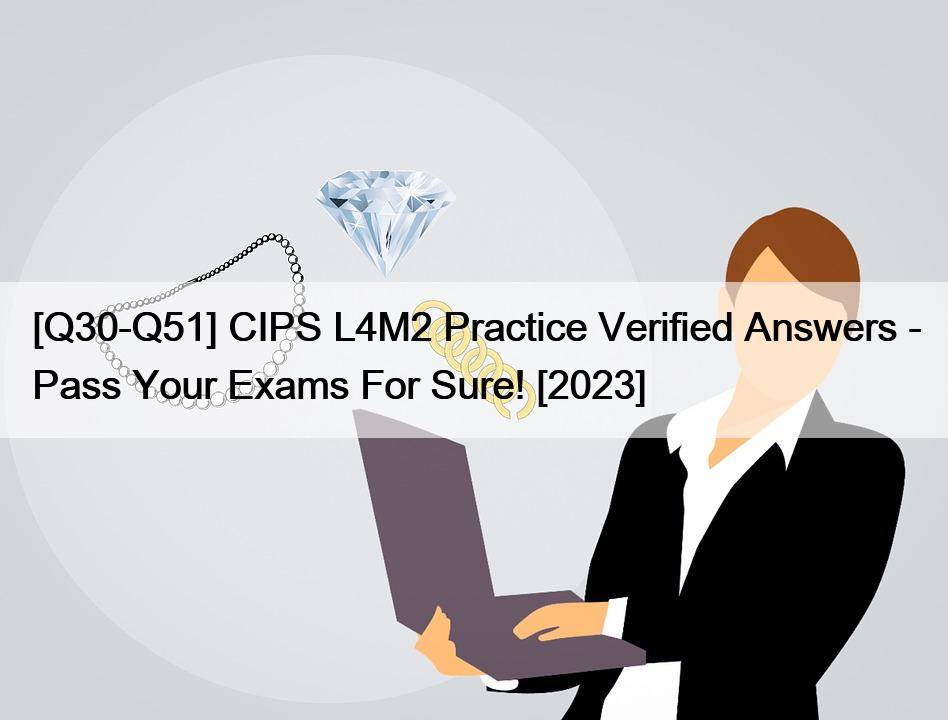[UPDATED Jul-2023] Best Value Available Preparation Guide for L4M5 Exam
1 Full L4M5 Practice Test and 165 Unique Questions, Get it Now!
To be eligible for the CIPS L4M5 certification program, individuals must have completed the CIPS L4M4 (Commercial Relationships) certification program or have equivalent experience in procurement and supply chain management. The CIPS L4M5 certification exam is a rigorous assessment of a candidate’s knowledge and skills in commercial negotiation. The exam consists of multiple-choice questions and case studies that test a candidate’s ability to apply their knowledge and skills in real-world scenarios.
The CIPS L4M5 (Commercial Negotiation) Exam is an important exam for procurement professionals looking to enhance their negotiation skills. This exam is designed to assess the candidate’s competency in commercial negotiation, which is a crucial skill for procurement professionals in today’s business environment. The exam covers a wide range of topics related to commercial negotiation, such as planning, preparation, communication, and problem-solving.
The Chartered Institute of Procurement and Supply (CIPS) L4M5 exam is one of the challenging and advanced certification exams for professionals who work in the procurement and supply chain management field. The L4M5 is also known as Commercial Negotiation, which is a vital skill for procurement professionals to master. This exam focuses on providing advanced techniques and knowledge required for negotiating commercial deals effectively. The test is centered on increasing the capacity of candidates to master various negotiation techniques, as well as to apply the knowledge they have gained to real-world procurement scenarios.
Get Instant Access to L4M5 Practice Exam Questions: https://www.dumptorrent.com/L4M5-braindumps-torrent.html
